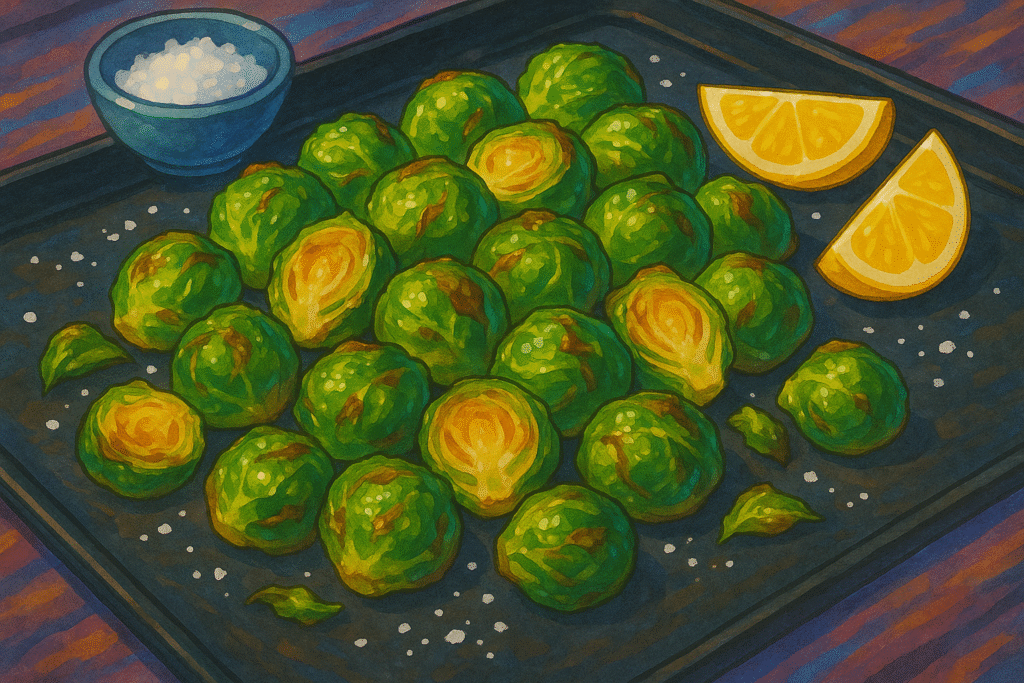Brussels Sprouts (Brassica oleracea var. gemmifera)

About Brussels Sprouts
Brussels sprouts are compact, leafy green buds that grow like little cabbages on tall stalks. Once known for their bitter reputation, they’ve made a massive comeback — thanks to roasting, pan-searing, and creative seasoning.
When cooked well, they’re nutty, slightly sweet, and deeply satisfying — a perfect example of a vegetable reborn through better technique and better breeding.
The History of Brussels Sprouts
Brussels sprouts trace their roots back to ancient Rome, but they gained their name and fame in Belgium during the 16th century. They became a staple in northern European cuisine, especially in colder climates where they thrive.
In the 20th century, they earned a bad reputation due to overboiling and bitter taste — largely from older cultivars. Modern varieties are milder and more flavorful, and roasting has restored their place at the table.
The Science of Brussels Sprouts
Like other brassicas, they contain glucosinolates, which can create a sulfurous smell when overcooked. Modern varieties have been bred for lower glucosinolate content, resulting in sweeter, nuttier flavor.
They’re high in vitamin K, C, and folate, and contain kaempferol, an antioxidant studied for anti-inflammatory effects.
The Geography of Brussels Sprouts
They grow best in cool climates and are a late-season crop — often sweeter after a light frost. They’re widely grown in the Netherlands, UK, Germany, and U.S. states like California and New York.
In the U.S., they’re often sold trimmed, but in Europe, whole stalks are popular at markets, especially during winter holidays.
Varieties of Brussels Sprouts
Long Island Improved
An heirloom variety with dense sprouts and traditional flavor. Popular among gardeners.
Diablo
High-yielding and uniform, with mild flavor and good disease resistance.
Jade Cross
An early hybrid with compact sprouts and reduced bitterness. Great for roasting.
Catskill
Large, round sprouts with strong stalks — a favorite in home gardens for size and texture.
Nautic
A modern variety bred for sweetness and tight formation. Holds up well in cold weather.
FAQs All your questions about Brussels Sprouts: answered
Why were Brussels sprouts so bitter in the past?
Older varieties had high levels of glucosinolates. Newer breeds are much milder and sweeter.
Can you eat Brussels sprouts raw?
Yes — they can be thinly shaved into slaws or salads for crunch and a mild cabbage flavor.
What’s the best way to cook them?
Roasting or pan-searing brings out natural sugars and crisps the edges. Avoid overboiling.
Do Brussels sprouts need to be trimmed?
Trim the base and remove any yellowing outer leaves. Halving helps them cook evenly.